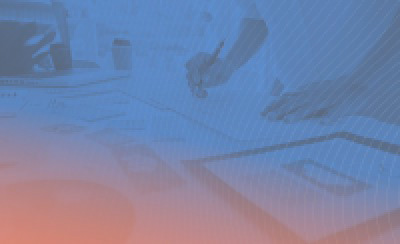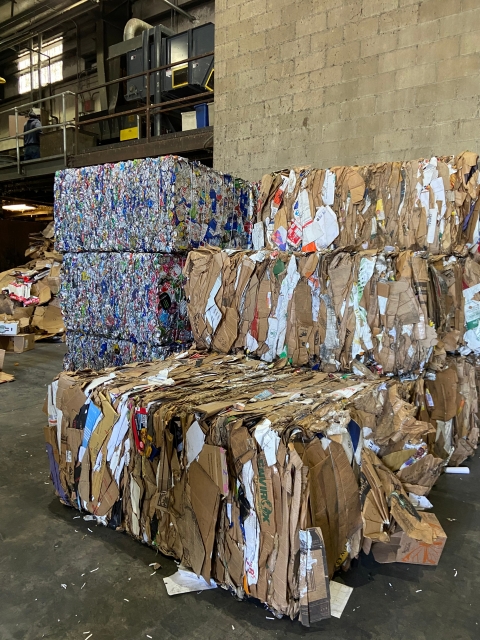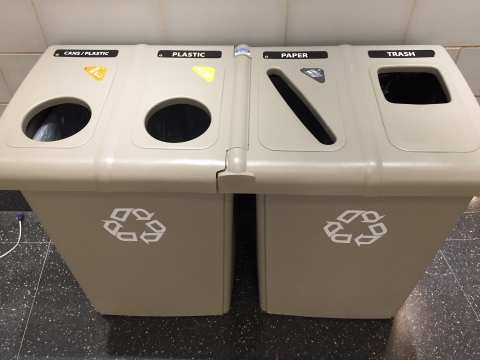You are here
Increase Recycling Rates (Ongoing)
Description
Sub-projects
-

-
 (Ongoing)
(Ongoing) -
 (In Progress)
(In Progress) -
 (In Progress)
(In Progress)
Background
Project Video(s)
Metrics
Municipal Solid Waste (MSW) Diversion Rate
Annotations
- FY 2020:
with covid impacts
View details for metric: Municipal Solid Waste (MSW) Diversion Rate
Total campus waste going to landfills
Total Diversion rate from Landfill
Website URL(s)
Recent Project Updates
-
5/19/2024https://fs.web.illinois.edu/Insider/2024/04/09/crushing-it/
-
5/19/2024We are using the blue bags in all the buildings. That is the expectation but it is possible a few here and there use black bags in containers as we had some complaints on the size didn’t fit. Thanks Mark Kuehl Hi Mark,Do you know...
Project Location(s)
This map is interactive! Click (or touch) and drag to pan; scroll (or pinch) to zoom.
Project Team
-
Primary Contact:
Recycling@illinois.eduProject Leader:
Pete VarneyTeam Members:
- Shantanu Pai
- Maddy Liberman
Prior Contacts:
- Tracy Osby
- Tim Hoss
Themes
-
Primary Theme:
Key Objective
-
6.2 Reduce MSW landfill volume
(2015 iCAP) -
68. Increase Recycling Rate
(2010 iCAP)
